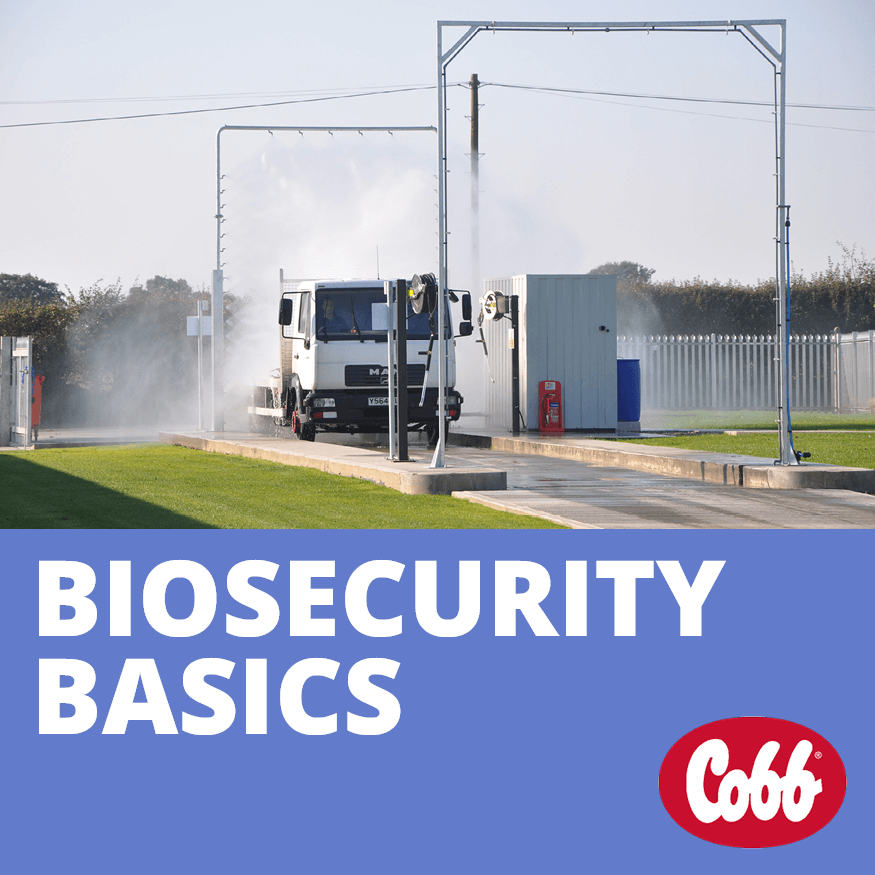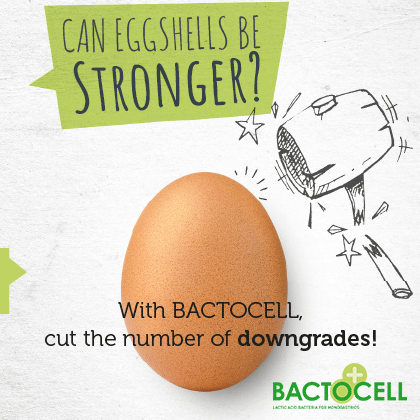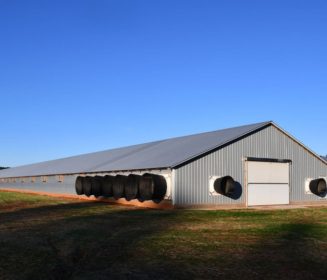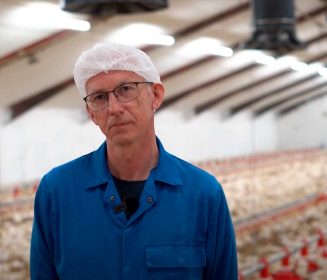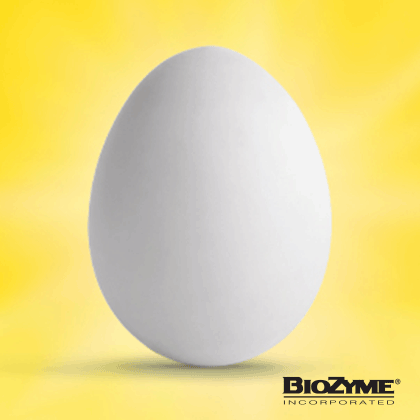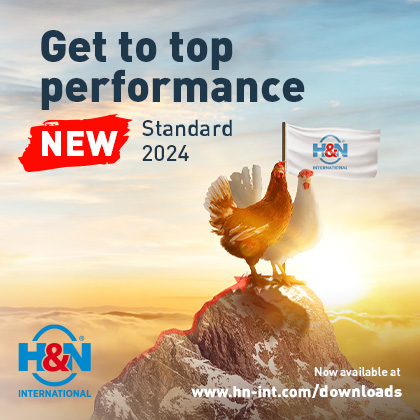Types of Lighting Lamp
Choosing the appropriate lighting system for broiler farms
Contenido disponible en: Español (Spanish)When choosing a lighting system or a specific type of lamp, a number of factors (such […]
When choosing a lighting system or a specific type of lamp, a number of factors (such as those described in this article) must be taken into account.
Incandescent light bulbs have been widely used since the end of the 19th century, however due to the increase in production costs and energy sustainability, it's being replaced by other variants like:
- Fluorescent light tubes
- Halogen lamps
- Mercury and sodium pressure lamps
- LED lamps, which are already the present and represent the immediate future in lighting on chicken farms
Energy efficiency at the farm is not the sole reason for the change from one lighting system to another.
This article will dive into the different types of lamps, the pros and cons of their operation and their main characteristics, and hopefully shed more light on what is best for the reader.
Their operation is based on passing an electric current through a tungsten filament which, when reaching thousands of degrees in Celsius, becomes incandescent and produces light.
This filament is found inside a glass bulb where the vacuum is made or contains an inert gas (standard incandescent bulb) or a halogenated compound (chromium, iodine, chlorine, etc.) is also added and with a certain variation of its physical structure (halogen lamp) that can go to 220 V or 12-24 V with a transformer (high or low voltage) and that can have a reflective base to distribute the light better focally (dichroic halogen lamp).
Standard incandescent lamps are no longer manufactured and have been banned from sale since September 2012. The types of halogen lamps (also incandescent) intended for shops are no longer marketed since September 2016, and the remaining types, intended for households, have been prohibited as of September 2018.
As for its characteristics: low cost of production and implementation, they can be regulated in intensity, 11 lumen / Watt, durability 1,500 hours, 90% infrared energy (heat) and only 10% light energy, instantaneous operation, it is not affected by low temperatures , easily breakable and a high chromaticity index (ICR), 100%, because its light contains all the wavelengths of the visible spectrum.
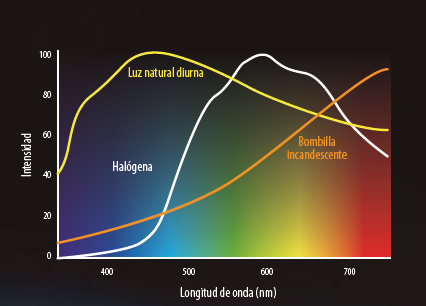
Gas-Discharge lamps
Its operation is based on an electrical discharge that takes place in a gas column, which can be low pressure mercury - fluorescent lamps - or high pressure - high pressure mercury vapour lamps, mixing light lamps or lamps with metal halides, MH - or sodium - high or low pressure sodium vapour lamps.
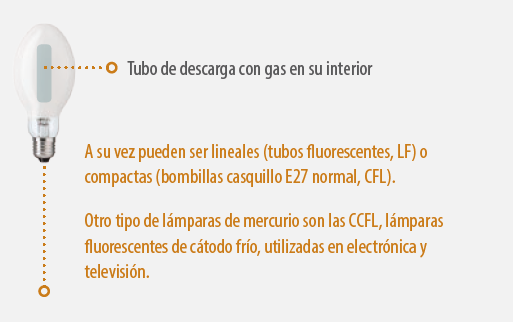
The drawback of fluorescent mercury lamps is that they need to use mercury -5 mgr. in CFL and 20-25 mgr lamps. in FL-lamps for operation, in variable amounts depending on the type of lamp, but its bio-accumulation and toxicity make it dangerous.
High Pressure Sodium lamps (HPS) have the drawback that they reproduce the yellow and reddish waves of the spectrum, beaming a light with an intense yellow color - due to the lack of mercury and xenon. Its chromaticity index is very low.
They are widely used in outdoor lighting - low pressure lamps produce monochromatic light of 589.0 - 589.6 nm, with very low IRC, and high pressure lamps produce light of yellowish and reddish tones, between 560-630 nm, with IRC low 20-65-. 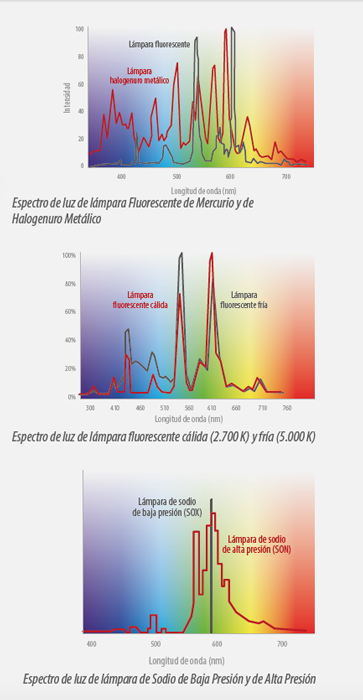
TO CONTINUE READING REGISTER IT IS COMPLETELY FREE
Access to articles in PDF
Keep up to date with our newsletters
Receive the magazine for free in digital version
REGISTRATION
ACCESS
YOUR ACCOUNT
LOGIN
Lost your password?


